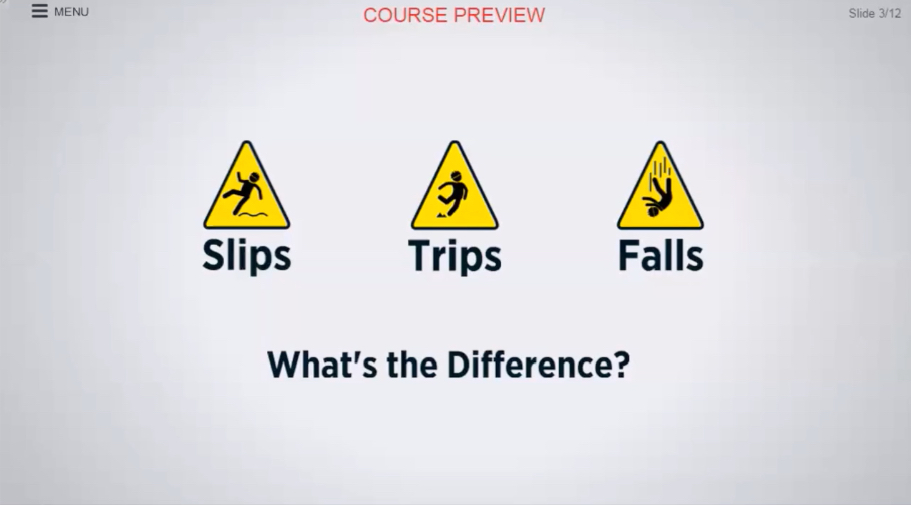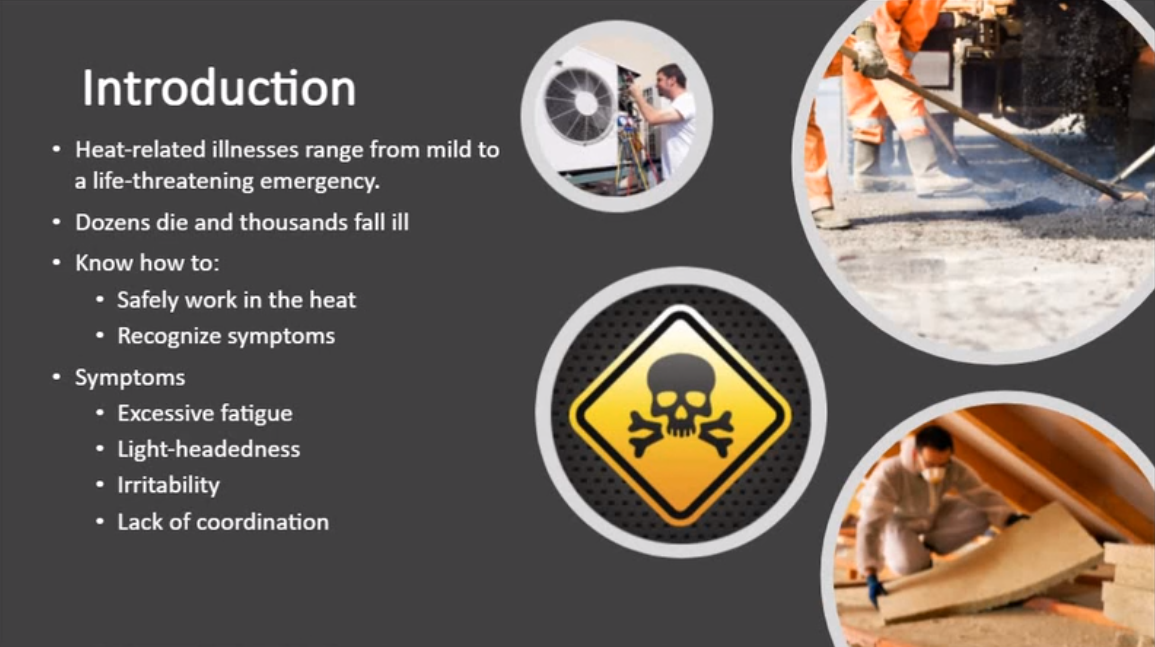Upon completing this course, learners will be able to identify laws for employee absences, recall FMLA requirements, and requirements for advance notice, medical certification, returning to work and provisions for job benefits and job protection.
Absences from the Workplace
$24.15
Description
Learning Objectives
- Describe their right as an employee to request both jury duty leave and pay for jury duty leave, as well as the differences between jury duty leave and witness leave.
- State employee benefits and the general exceptions of the Uniformed Services Employment and Reemployment Rights Act, (USERRA), the employer’s requirements, rights, responsibilities, and the general exceptions.
- Explain the employee benefits provided under the Family and Medical Leave Act, the employee and employer’s requirements, rights, responsibilities, and the general exceptions.
In the private sector in 2012, the median number of days away from work due to injury was 8 days for the fifth consecutive year—this statistic is regarded as a key measure of the severity of injuries and illnesses. Three industries had more than 100,000 incidents in 2012: health care and social assistance (168,360), manufacturing (125,280), and retail trade (125,650). Overexertion and bodily reaction was the leading event or exposure with 408,760 cases.U.S. BUREAU OF LABOR STATISTICS (BLS),
Maybe you get sick or want to take a vacation. That’s normal, and you shouldn’t lose your job under those circumstances. What if you’ve just welcomed a child into your family, or need to travel to attend the funeral of a loved one, unexpectedly? There are laws to ensure that workers receive a certain amount of grace in each of these scenarios, through paid or unpaid leave. Let’s talk about your rights related to absence from the workplace.
The Family and Medical Leave Act (FMLA), requires employers to provide up to 12 weeks of unpaid, job-protected leave to “eligible” employees for certain family medical reasons. An employer is subjected to the FMLA standards if the company has no fewer than 50 workers on the job each day for 20 straight weeks, in the current calendar year or the last.
Along with the 50 or more employee threshold, those 50 employees must work within a 75 mile radius. For example, if an employer has 25 employees working at headquarters and 40 more employees working at another site 100 miles away, the employer is not considered a “covered employer.” And, FMLA applies to public agencies regardless of the number of employees. All schools, private or public, are considered public agencies.
Under the FMLA, eligible employees are guaranteed up to 12 weeks of unpaid leave. The leave must be taken within a year. An “eligible” employee under the FMLA, is an employee who has been employed with a company that meets the definition of a covered company for at least 1,250 hours during the previous 12-month period before the start of the leave. The 1,250 hours during the previous year do not need to be consecutive months. When claims are contested by employees, the burden of proof is on the employer to show, through recordkeeping, that the employee has not worked the required 1,250 hours. If the employer cannot show a record of work hours, the employee is eligible for FMLA benefits.
Regardless of whether you are the mother or father, you can request FMLA leave to care for your child after birth or after placement of a child with you for adoption, or foster care. You can also request FMLA leave to care for your spouse, son, daughter, or parent, who has a serious health condition. And, you can request FMLA leave to care for your own serious health condition if that condition prevents you from performing your job.
If you and your spouse are employed with the same company, you are only entitled to a combined total of 12 weeks for the birth of a child, when adopting a child, or when caring for a parent with a serious health condition. Some state laws provide for leave that may or may not be in addition to federal FMLA. Check your state regulations for special conditions that go beyond the FMLA.
As defined by the FMLA: “A serious health condition under the FMLA is defined as an illness, injury, impairment, or physical or mental condition that involves inpatient care requiring an overnight stay in a hospital, hospice, or residential medical care facility, including any period of incapacity or any subsequent treatment in connection with the inpatient care or continuing care by a health care provider.”
You are required to provide 30 days of notice for foreseeable events that require FMLA leave.
Your employer is allowed to:
- Delay the start of FMLA without a 30-day notice
- Ask for documentation showing the need for the leave
- Delay the FMLA until the documentation has been received
- Ask questions about what prompted your need for leave
Your employer is not allowed to:
- Ask intrusive questions relating to your condition
- Take negative employment action based on information asked
Your employer must do the following:
- Give you written notice, within two business days, if you are not eligible for FMLA leave
- Give you information about medical certification and other requirements that will apply to the specific leave
- Not terminate your FMLA leave if the company falls below 50 employees during your leave
Pay During FMLAFMLA leave is considered unpaid leave
Certain kinds of accrued paid leave may be substituted for unpaid leave:
- Vacation leave
- Sick leave
- Personal leave
FMLA leave can be taken on an intermittent basis
Employment Benefits During FMLA
Your benefits accrued before the start of leave will not be lost.
You are entitled to have your health benefits maintained during your leave.
You will be responsible for paying your portion of any premiums the same as if you were not on leave.
You do not accrue benefits such as vacation during FMLA leave.
You must be provided with the same benefits at the same levels when you return from leave.
You are entitled to the same or an equivalent job with equivalent pay, benefits, and responsibilities, upon return from FMLA covered leave events.
It is important to understand the Family and Medical Leave Act as you grow through workforce, because it is there to offer you protections for unfair employment practices that take advantage of personal tragedy or penalize you for tending to life events that are far more important than any paycheck.
If you have questions about the FMLA, ask your employer.
Not all training is equal. With SafetyNow, learners and leaders will notice the difference in value:
- Quality: Professionally-researched and designed using the latest mobile and responsive technologies
- Convenience: Works instantly on any device, desktop or mobile
- Time savings: What learners need to know, not extra fluff or legalese
- Reporting: Consistent, instant compliance records available anytime
- Support: Customer and learner support included at no charge
- Any Learning Management System (LMS) Use with any SCORM, AICC, xAPI, TinCan, HTML5, or other LMS (learning management system).
- Any Device Desktop, laptop, tablet, or mobile phone – it simply works, everywhere.
- Engaging Professionally-developed, including an on-screen host and modern, easy-to-understand text, media, and voiceovers.
- Unlimited Attempts Each module can be taken as many times as required to get a passing grade. Unlike our competitor’s courses, if you get an answer wrong, you are redirected to the exact eLearning segment you struggled with… you don’t need to go through the entire module again, just the one part you need a refresher on.
Only logged in customers who have purchased this product may leave a review.














Reviews
There are no reviews yet.